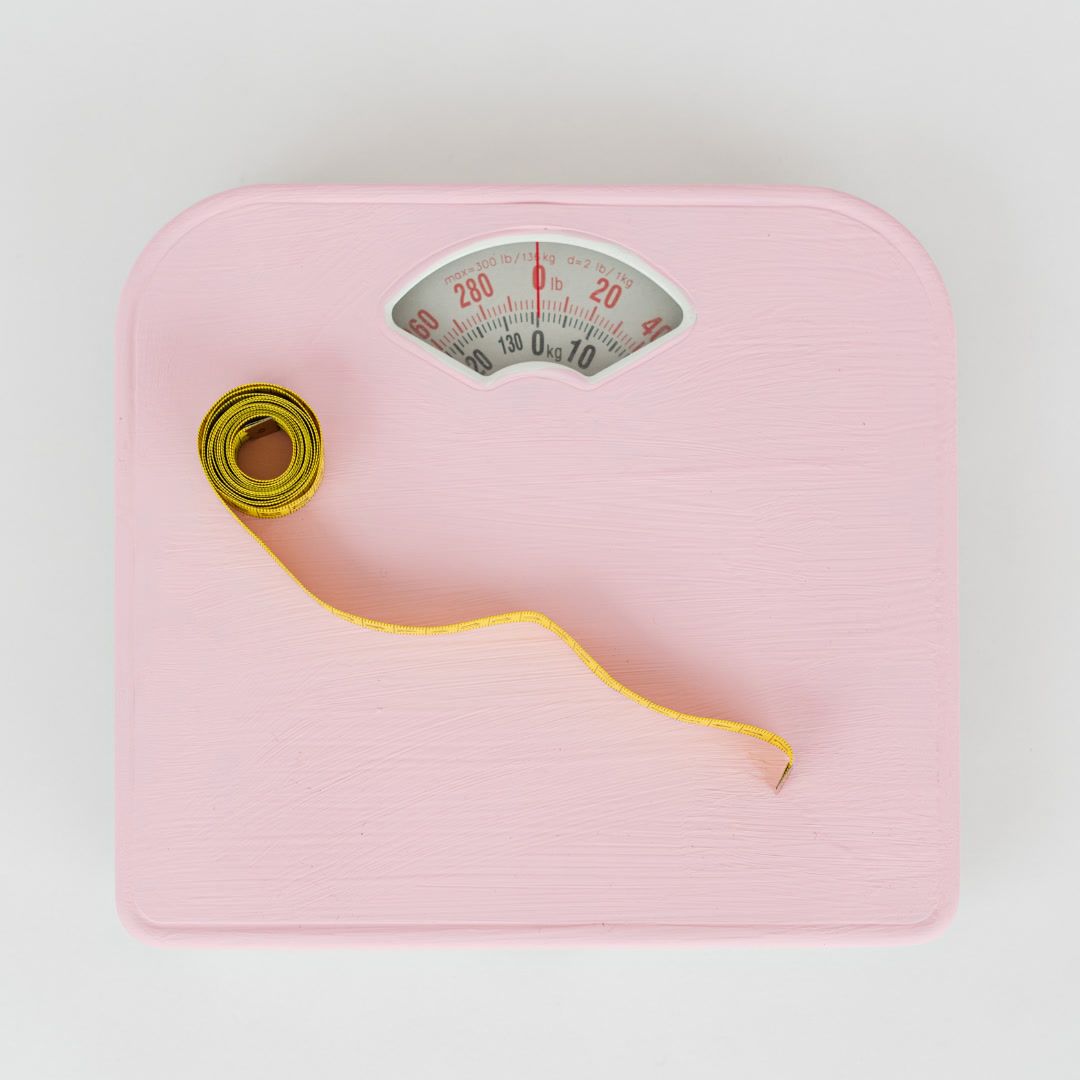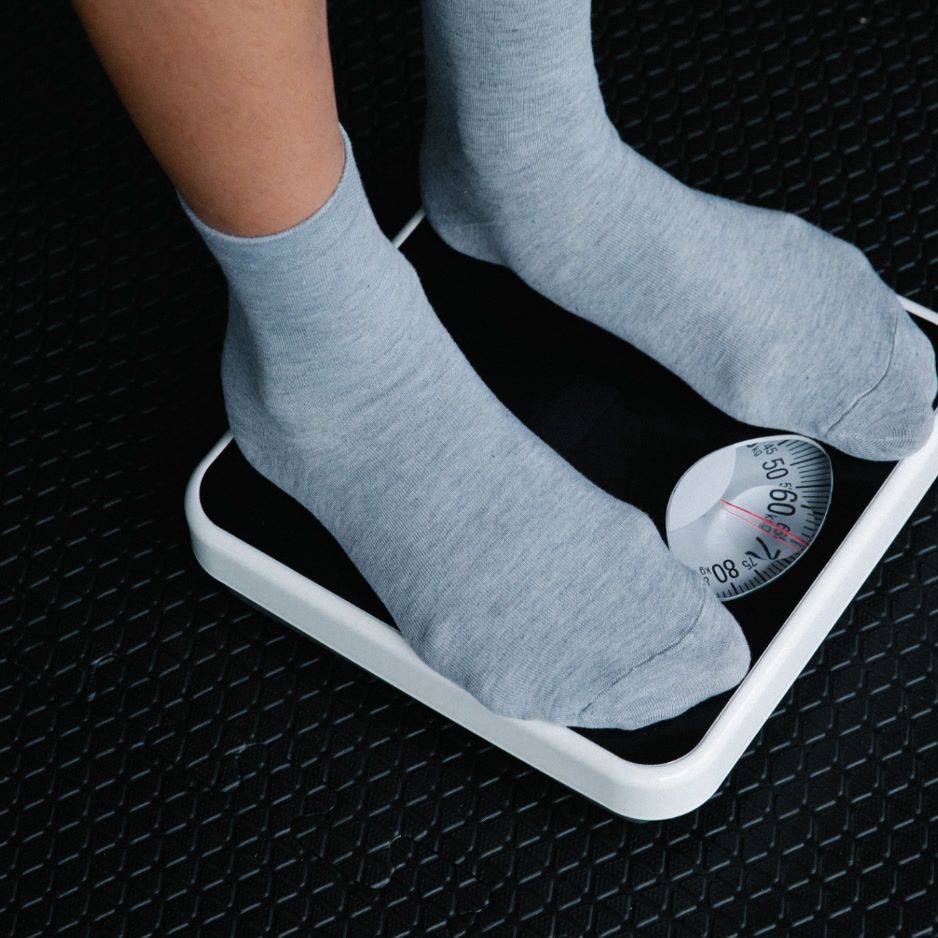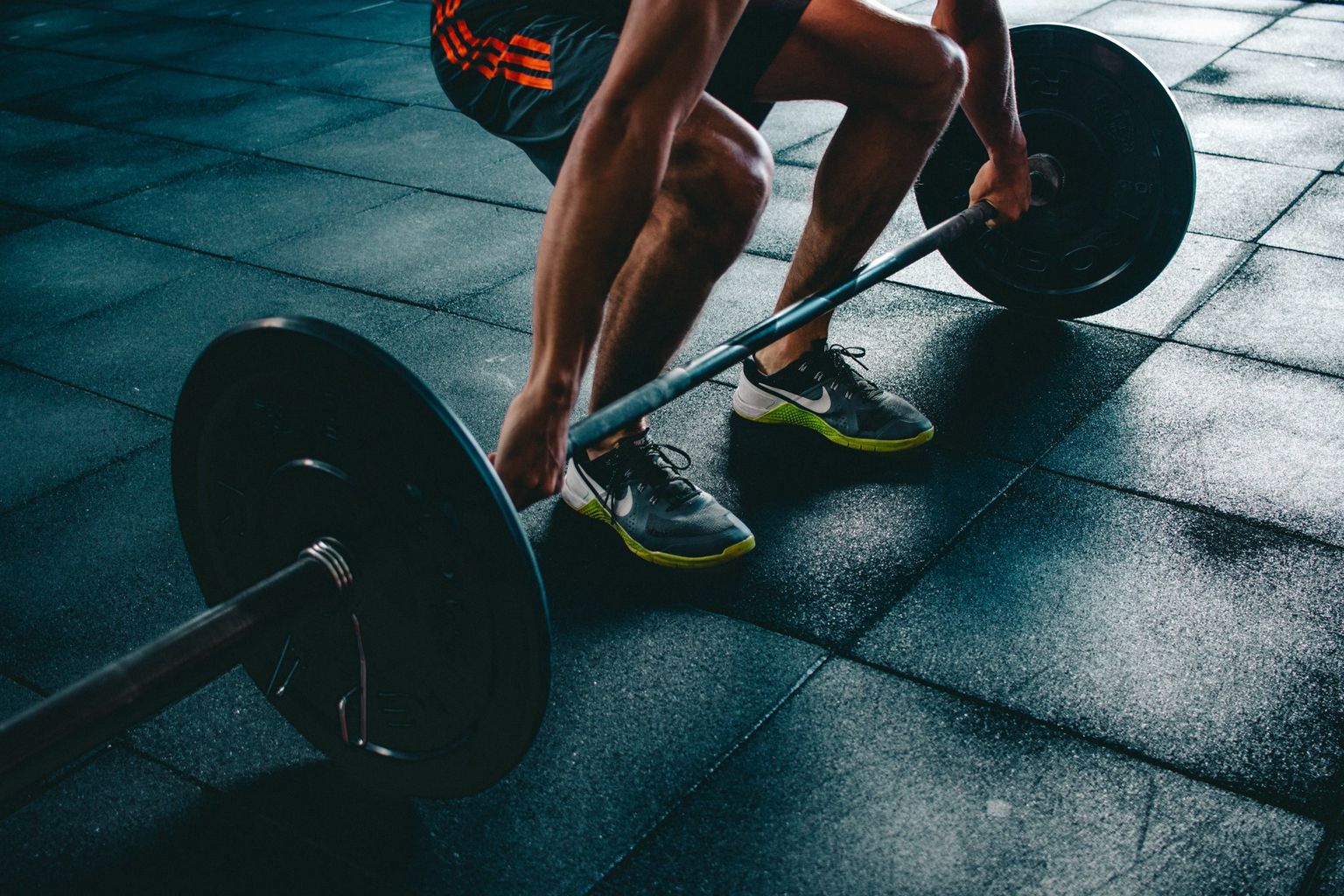10% Body Fat Male: Appearance and How to Achieve It

10% Body Fat Male: What It Looks Like & How to Get It
Ever scroll through social media, spot a chiseled six-pack, and wonder, “Is that what 10 percent body fat looks like?” Hitting the 10-percent mark is a popular physique goal because it usually means visible abs, sharper muscle definition, and just enough leanness to turn heads without compromising hormonal health. But the road to (and beyond) 10 percent is littered with misconceptions, crash-diet horror stories, and measurement errors.
This guide clears the fog with science-backed, DEXA-verified advice. You’ll learn:
- How 10 percent actually looks on different male body types
- The pros and cons of dipping into low-teens body fat
- The most accurate ways to measure progress (DEXA scans consistently outperform other methods)
- A step-by-step nutrition and training roadmap—including tailored tips for busy professionals, competitive athletes, and middle-aged men
- Maintenance tactics so your new six-pack sticks around longer than a vacation tan
What Does 10 Percent Body Fat Look Like on Men?
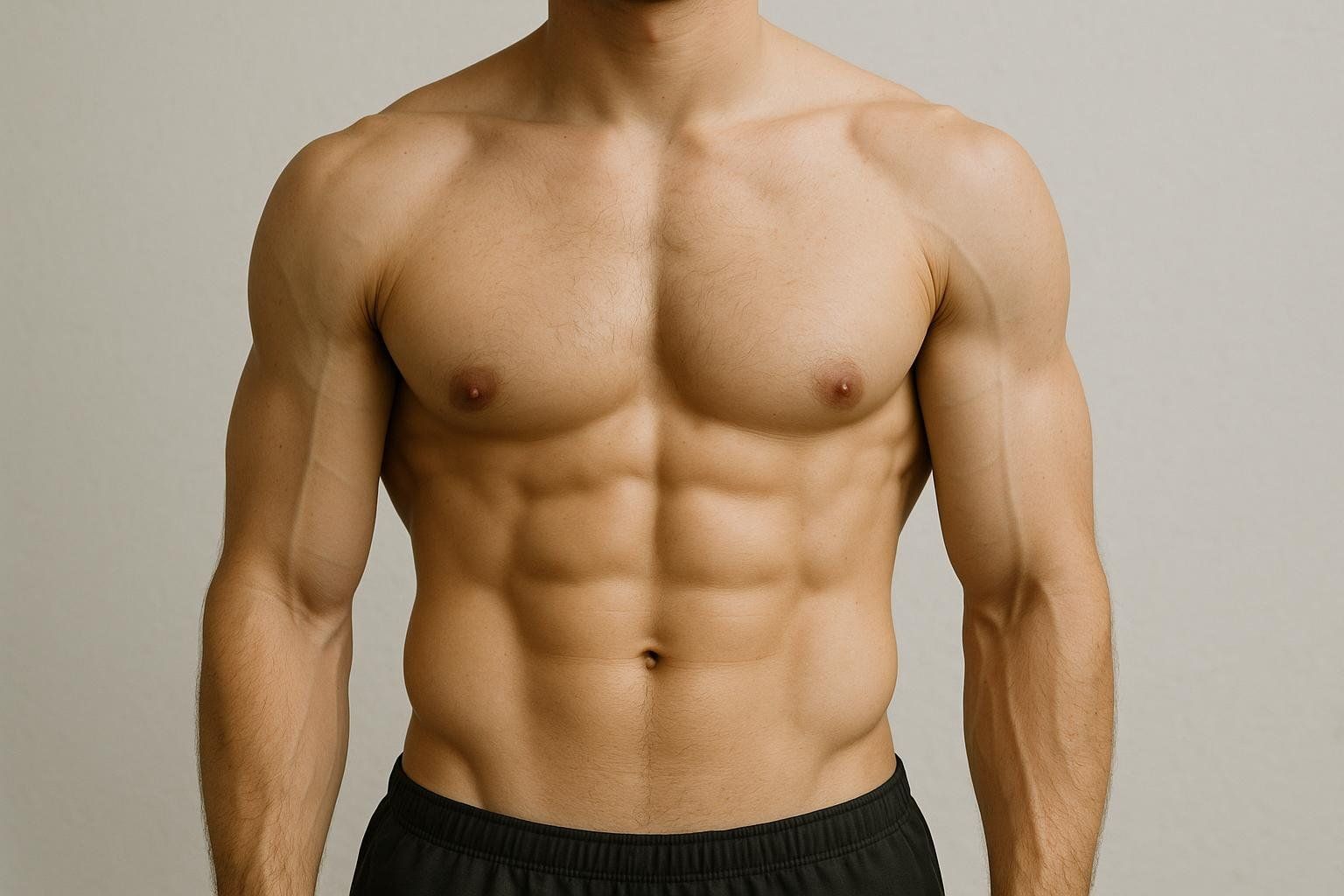
For many men, 10 percent body fat typically presents as:
- Abs: A clearly outlined six-pack—even when you’re not flexing.
- Upper-body vascularity: Subtle veins along the biceps and shoulders, especially when warm.
- Face & neck: Noticeably leaner, but not “drawn.”
- Lower back & love handles: Minimal skin folds when bending.
- Glutes & legs: Quads show definition; glutes are toned but not stage-lean.
This falls within the American Council on Exercise (ACE) “athlete” category (6–13 % body fat) and aligns with images in resources like RippedBody’s visual body-fat guide.
Why Aim for 10 %? Benefits & Trade-offs
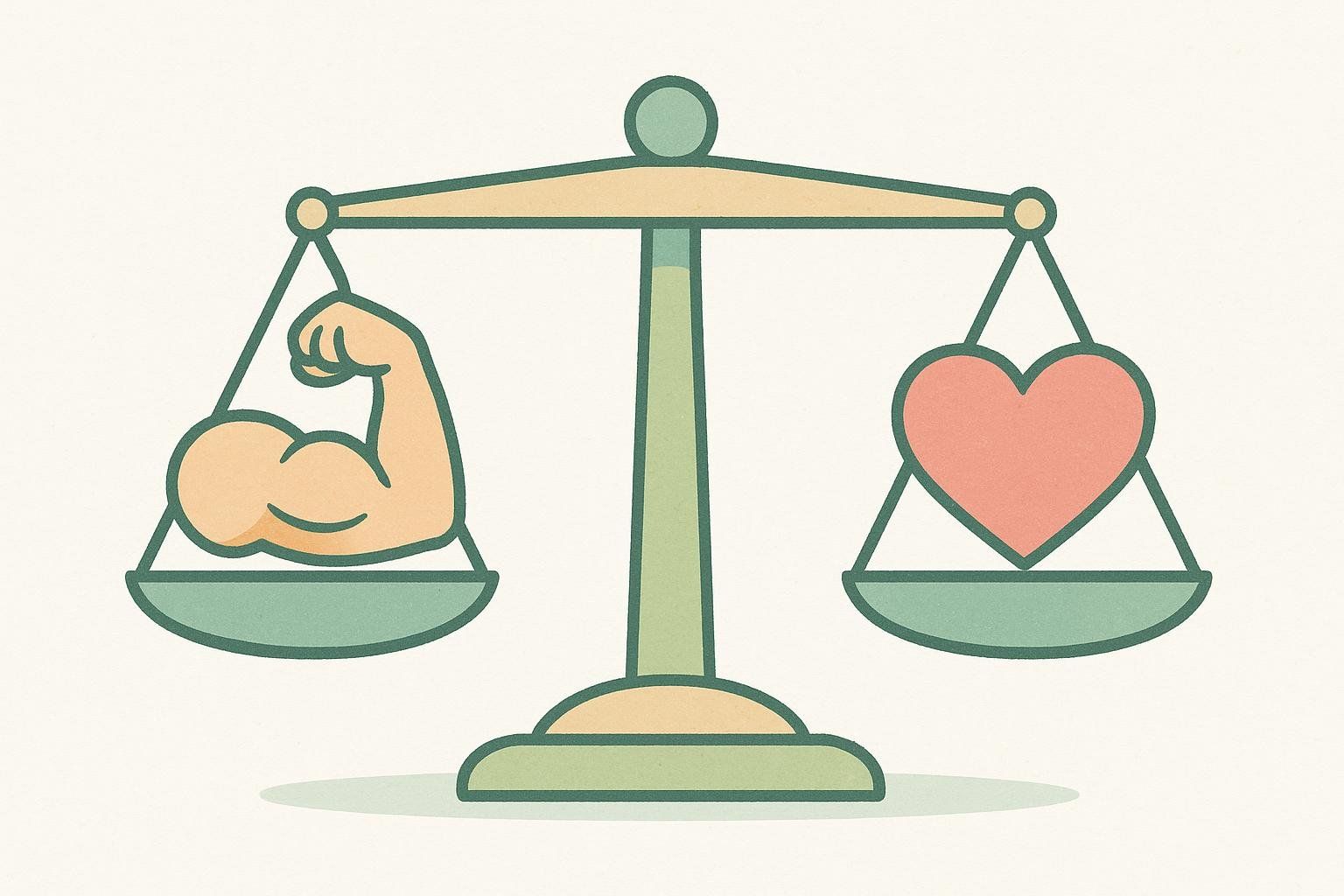
| Potential Upside | Possible Downsides |
|---|---|
| Visible abs & muscular definition | Harder to recover from intense training if calories stay too low |
| Evidence links lower body-fat levels to improved insulin sensitivity and cardiovascular markers | Libido or hormone dips if you push under ~8 %, as observed in natural bodybuilders whose testosterone dropped by 75 % during extreme leanness (Rossow et al., 2013) |
| Easier weight-class or performance advantages in some sports | Increased sensitivity to stress and poor sleep |
The sweet spot is 10–12 percent: lean enough for definition, but sustainable enough for real life.
Measuring Your Body Fat: Good, Better, Best
| Method | Relative Accuracy | Pros | Cons |
|---|---|---|---|
| Bathroom smart scale (BIA) | Low | Cheap, daily use | Hydration levels skew results; poor for <15 % BF |
| Skinfold calipers | Moderate | Inexpensive, decent trend data | Requires practiced technique; uncomfortable for some |
| US Navy circumference formula | Moderate | Just a tape measure | Overestimates in athletic builds |
| DEXA scan | High | Gold standard; separates visceral vs. subcutaneous fat, lean mass, and bone density | Requires appointment; tiny radiation dose (≈4 bananas’ worth) |
Takeaway: Use whatever tool you have for day-to-day feedback, but validate milestones with a periodic DEXA scan for the most objective picture. For logistics and pricing, see finding a DEXA scan near you.
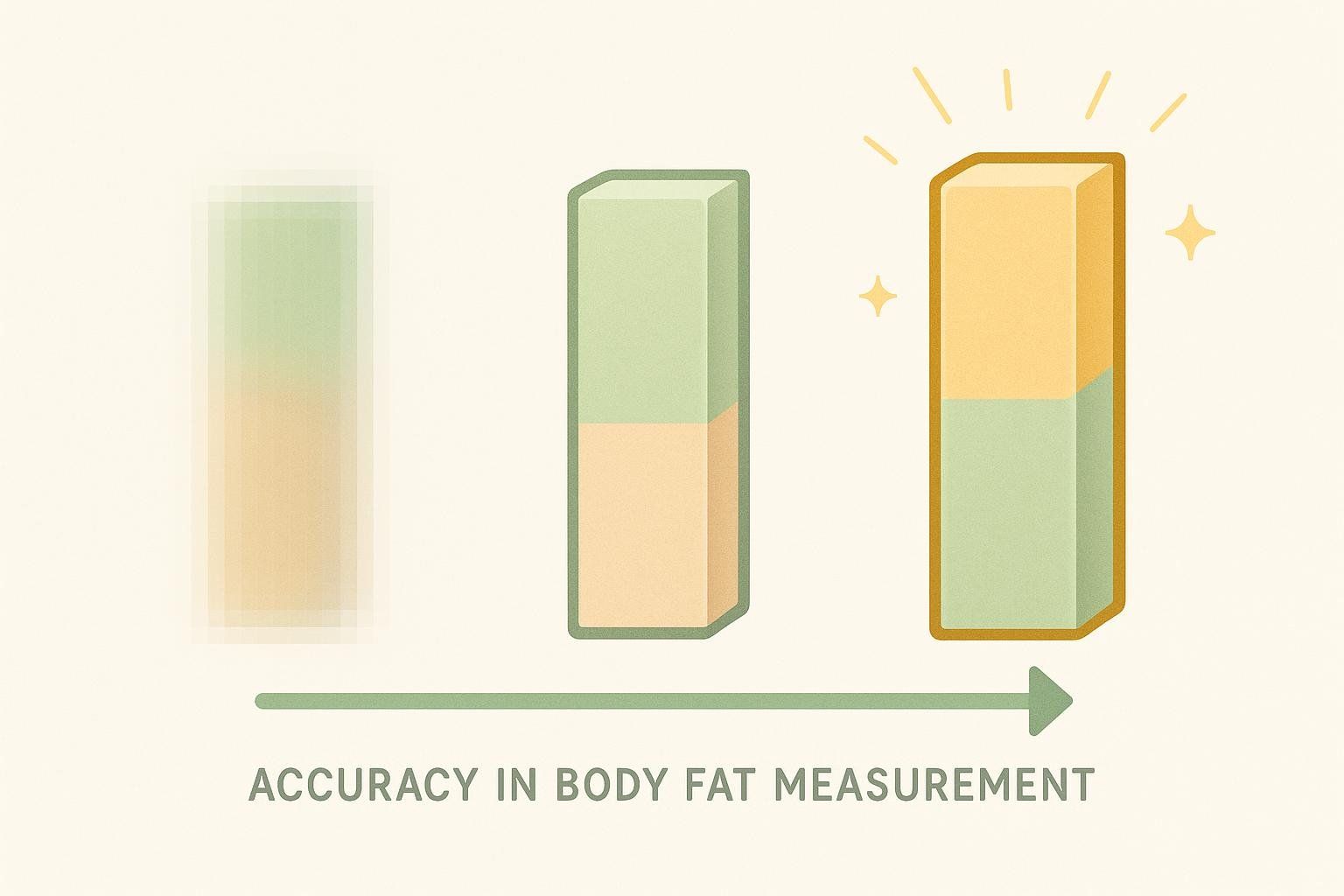
The Roadmap: How to Reach 10 Percent Body Fat
1. Set Your Calorie & Macro Targets
- Calculate maintenance calories. Use our free body-fat calculator.
- Create a 15–20 % deficit. Bigger cuts drain performance and often backfire.
- Protein: 1.0–1.2 g per lb of body weight (≈2.2–2.6 g/kg) supports muscle retention during energy restriction—a range backed by the International Society of Sports Nutrition position stand.
- Fat: ~25 % of calories keeps hormones in a healthy range and sits comfortably within the Acceptable Macronutrient Distribution Range of 20–35 %.
- Carbs: Fill the remainder—cycle high (training days) and low (rest days) if energy swings are an issue, as outlined in a guide from Muscle & Strength.
2. Train With Muscle Retention in Mind
- Strength work 3–4 ×/week: Compound lifts (squats, presses, rows, deadlifts) in the 5–10-rep range.
- Accessory hypertrophy 2 ×/week: 10–15 reps for arms, delts, calves to maintain muscle volume and aesthetics.
- Conditioning: 2–3 cardio sessions (HIIT or Zone 2), 20–30 minutes each. Add steps (8–12 k/day) instead of endless treadmill time to curb hunger.
- Rest: At least one full day off weights; aim for 7–9 hrs sleep—sleep restriction can reduce diet-induced fat loss by up to 55 % according to a 2010 sleep-restriction study.
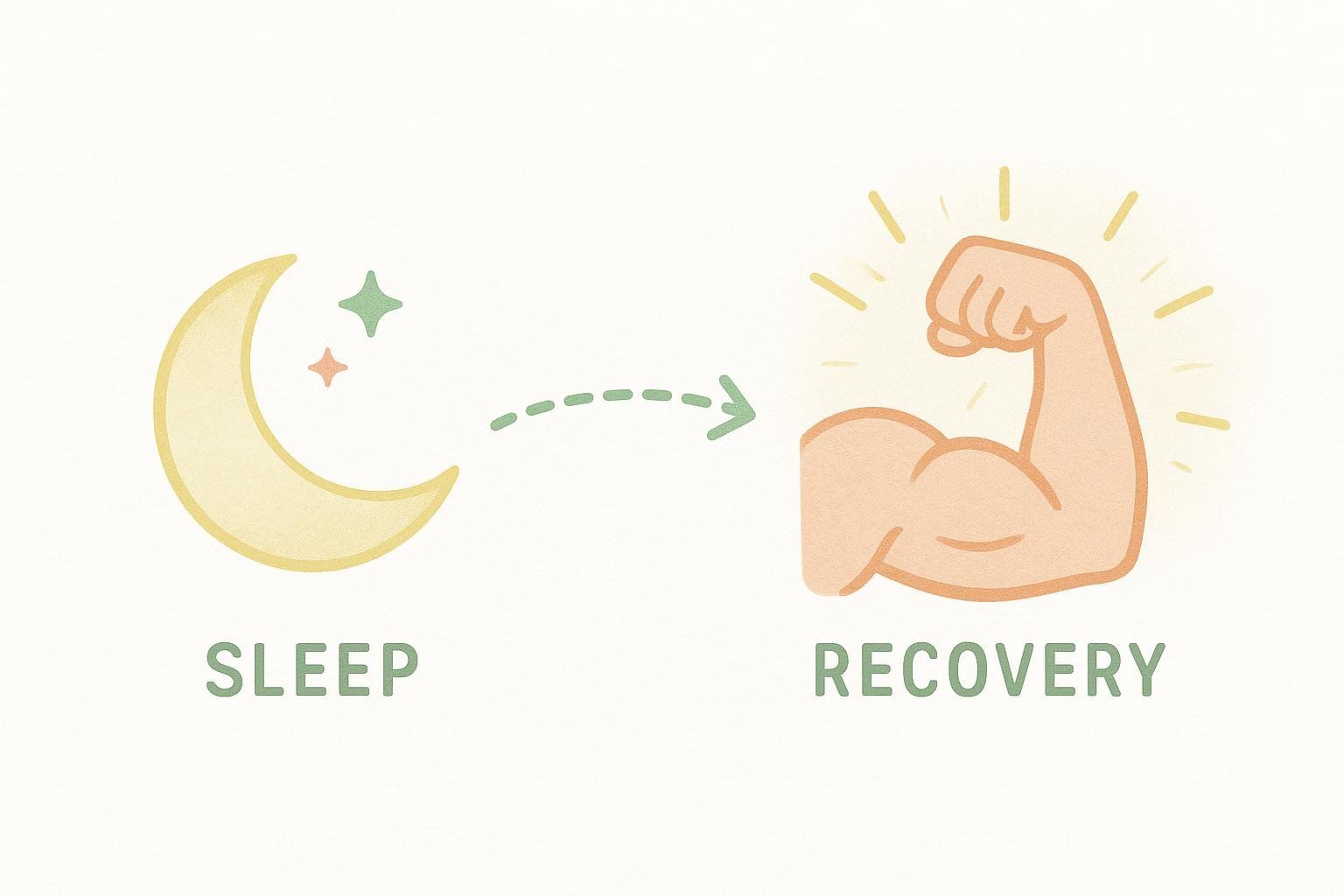
3. Recovery & Lifestyle Levers

- Stress management: Elevated cortisol can blunt fat loss and promote abdominal fat storage, notes this visceral fat overview. Try a 5-minute box-breathing drill post-workout.
- Hydration: Even a 2 % drop in body-water levels can impair strength. Keep a 1-L bottle at your desk.
- Micronutrients: Veggies at every meal; consider a basic multivitamin during deficits.
Sample Meal Plan (1-Week, 2,200 kcal Example)
Below is a sample meal plan illustrating carb cycling for a typical training week.
| Day | Protein (g) | Carbs (g) | Fat (g) | Notes |
|---|---|---|---|---|
| Mon (Lift) | 190 | 220 | 55 | Fuel for Upper A lift |
| Tue (Cardio) | 190 | 160 | 70 | Support cardio & recovery |
| Wed (Lift) | 190 | 220 | 55 | Fuel for Upper B lift |
| Thu (Rest) | 190 | 110 | 90 | Rest & recovery day |
| Fri (Lift) | 190 | 220 | 55 | Fuel for Lower B lift |
| Sat (Sport) | 190 | 180 | 65 | Mixed fuel for sport session |
| Sun (Rest) | 190 | 110 | 90 | Low-carb maintenance |
Sample Training Split (4-Day Upper/Lower)
This sample split prioritizes compound lifts to preserve strength and muscle.
| Day | Workout | Key Movements |
|---|---|---|
| Mon | Upper A | Bench press, Pendlay row, Incline DB press, Pull-ups, Lateral raises |
| Tue | Lower A | Safety-bar squat, Romanian deadlift, Walking lunge, Calf raises |
| Thu | Upper B | Overhead press, Weighted pull-up, Dips, Chest-supported row, Face pulls |
| Fri | Lower B | Trap-bar deadlift, Bulgarian split squat, Hip thrust, Hamstring curl |
| Sat/Sun | Active recovery | 30 min Zone 2 bike, mobility work |
Tailored Advice for Different Lifestyles
Busy Professionals (25–35)
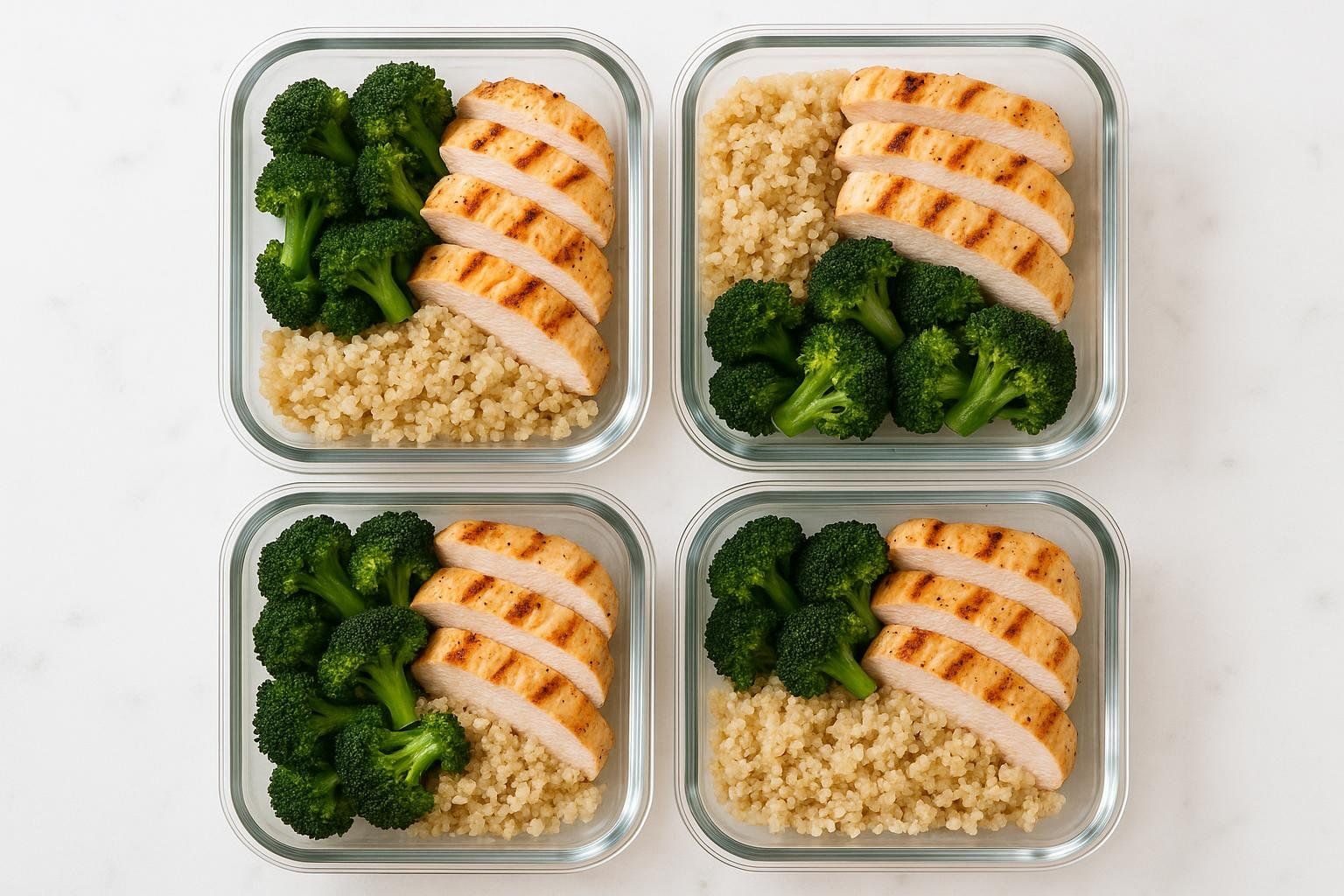
- Meal-prep Sundays: 3 proteins, 2 carb sources, 2 fibrous veg—mix-and-match for grab-and-go lunches.
- Micro-workouts: 20-minute EMOM circuits on packed days.
- Tech aids: Auto-track macros with apps like Cronometer; schedule DEXA scans around quarterly work cycles.
Collegiate Athletes (18–25)
- Smaller deficit (10 %) to protect performance metrics.
- Periodize cardio: Keep VO₂ max sessions early in the week; heavy lifts after game day.
- Intra-workout carbs: 30 g maltodextrin during two-a-days to limit muscle breakdown.
Middle-Aged Men (40–55)
- Joint-friendly resistance: Swap barbell back squats for safety-bar or leg press.
- Protein bump: Up to 1.2 g per lb (≈2.6 g/kg) helps mitigate age-related muscle loss, according to a systematic review on protein needs during energy restriction.
- NEAT focus: Walking meetings, standing desks—non-exercise activity drops sharply after 40.
Avoid These Common Pitfalls
- Scale obsession: Daily weight can swing by as much as 5–6 lb due to normal weight fluctuations. Track 7-day averages instead.
- Crash dieting: Rapid weight loss can lower resting metabolic rate and accelerate muscle loss—see these rapid weight-loss risks.
- Skipping deloads: Every 6–8 weeks, cut volume by 50 % to let joints recover.
- Guesstimating macros when eating out: Over-estimate portion sizes; lean proteins first.
- Relying on one measurement tool: Pair DEXA with photos, tape, and gym logs.
Maintenance Blueprint: Keeping the 10 % Club Card
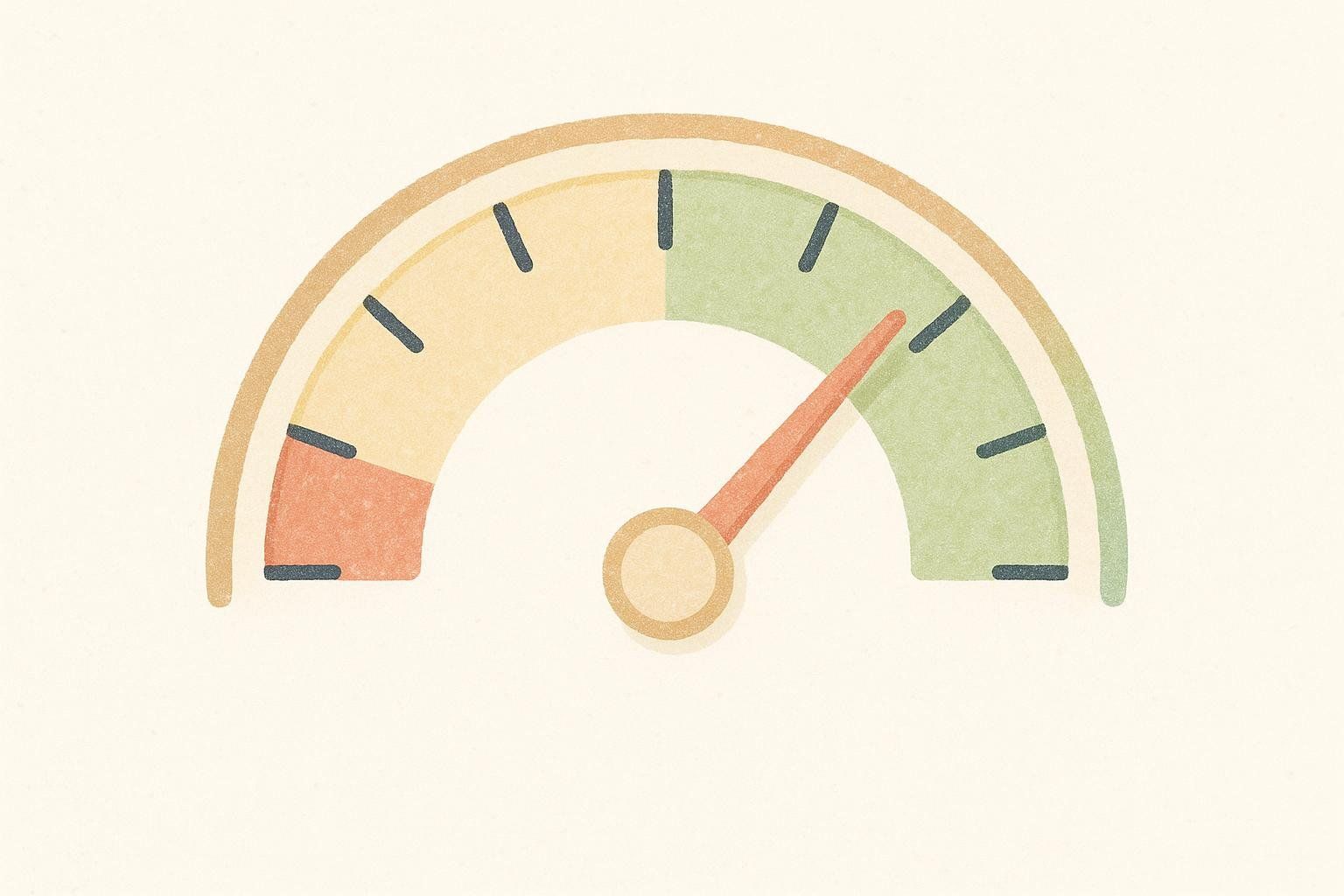
- Reverse diet: Add 50–100 kcal per week until body weight stabilizes at maintenance.
- Introduce refeed days: 1–2 higher-carb days per week can replenish glycogen and may help normalize thyroid-related hormones during prolonged dieting.
- Quarterly DEXA audits: Spot creeping visceral fat early—especially useful during busy seasons like holidays.
- Lifestyle 80/20 rule: 80 % whole foods, 20 % flexibility (date night, beer with friends) to stay sane.
FAQs
How long will it take me to drop to 10 %?
Depending on your starting point, losing 0.5–1 % of body weight per week is realistic. A man at 20 % body fat might need 12–16 weeks.
Is 10 % safe long-term?
For most men, yes—if you eat enough micronutrients, sleep well, and avoid dipping below 8 % for extended periods.
Can I build muscle while getting to 10 %?
Beginners and detrained lifters often can (a phenomenon called body recomposition). Advanced lifters usually can’t—focus on maintenance of strength instead.
Do I have to track calories?
Eyeballing portions works for some veterans, but data show tracking increases weight-loss success rates. Even 2 weeks of weighing food improves accuracy long-term.
Why does BodySpec recommend DEXA over calipers?
Because DEXA distinguishes between visceral fat (around organs) and subcutaneous fat (under the skin)—critical for health-risk assessment. Calipers can’t.
Next Step: Confirm Your Starting Point
See finding a DEXA scan near you, book a 6-minute session, and turn your raw scan data into a personalized action plan.
Data—not guesswork—turns ambitious physique goals into repeatable results. Use precise DEXA insights to guide every rep, recipe, and recovery day, and watch 10 % body fat become a measurable milestone on your journey to lifelong health.
